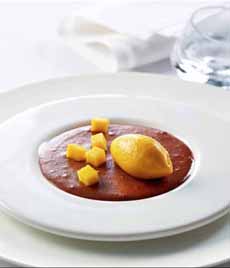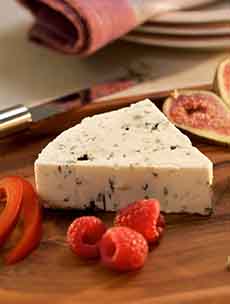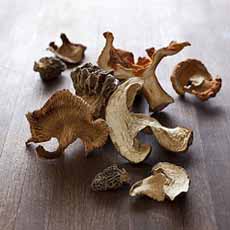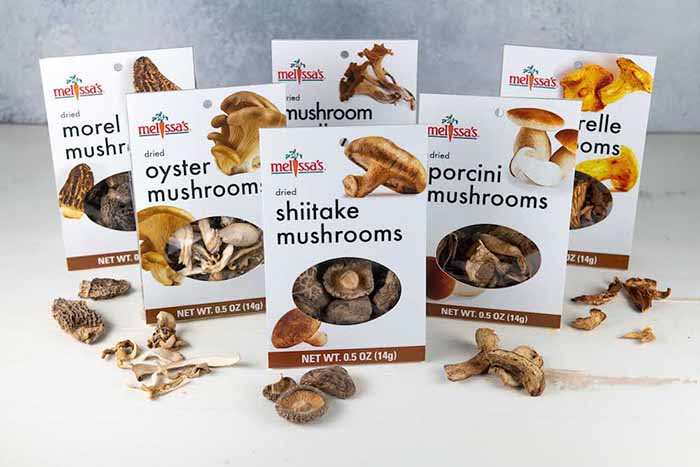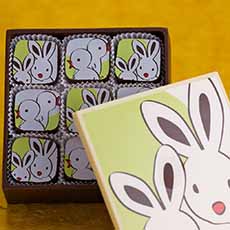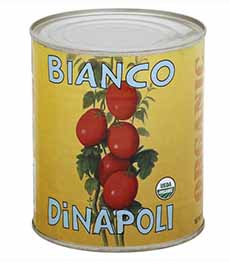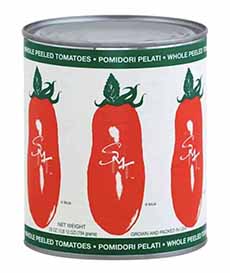|
In our neighborhood, a casual Middle Eastern place sells the classics: falafel, shawarma, shish kebab, etc.
We used to have a regular lunch of the spreads—baba ghannouj and hummus—plus grape leaves and tabouli.
Then, one day, we decided to order something new. Looking at the menu, we chose fattoush.
Fattoush (alternatively spelled fattush, fatush, fattoosh and fattouche) is a Lebanese/Levantine* bread salad of mixed seasonal greens with a dressing of lemon juice and oil (also see panzanella, Italian bread salad).
The vegetables typically include lettuce, tomatoes, bell pepper, cucumbers, and radishes, plus mint and parsley and spices (paprika and sumac).
Fattoush is distinguished by its crunchy croutons, made from stale pita (or other flatbread). The thinness of the bread makes the croutons much crunchier than any made from Western breads (photos #1 and #2).
Lebanese farmers would fry leftover pita scraps in a olive oil, to get life from stale bread. They’d toss whatever in-season vegetables and herbs that were on hand, and voilà!
After our first fattoush—guilt-free salad, light lemony dressing, and crunch throughout, we were hooked!
FATTOUSH SALAD AT HOME
As you can tell from the description above, it’s no more trouble whipping up fattoush than any green salad with homemade croutons.
Just cut the pita into crouton-size squares, and toast them in the oven:
Preheat the oven to 375°F and place the pita squares on a baking sheet. Toast them in the oven until golden brown, about 10 minutes.
The other thing you may question on the ingredients list is the sumac. Most of us don’t have it. Substitute lemon zest to approximate sumac’s tart flavor.
RECIPE: FATTOUSH SALAD
This updated fattoush concept (photo #3) was developed by Lisa Lin of Healthy Nibbles and Bits, and shared with us by the Idaho Potato Commission.
In addition to the buttermilk drizzle (buttermilk pays homage to Middle Eastern yogurt), Lisa added garlic, onions and scallions; all three are not used in a classic fattoush.
She also replaced the pita croutons with crisp potato croutons. The result: a modern take on an ancient recipe.
Ingredients
For The Salad
6 cups chopped romaine or red leaf lettuce
1 medium red bell pepper, seeded and diced
1 medium tomato, seeded and diced†
2 persian cucumbers, peeled and diced
5 radishes, thinly sliced
3 tablespoons thinly sliced red onions
2 scallions, sliced
3 tablespoons chopped parsley
2 tablespoons chopped mint
For The Dressing
1/3-1/2 low-fat buttermilk‡
Pinch of salt
1/8 teaspoon granulated garlic‡‡
2 teaspoons sumac or lemon zest
1 teaspoon paprika
2 tablespoons lemon juice
2 -1/2 tablespoons olive oil
1-1/2 tablespoon cider or red wine vinegar
For The Potato “Croutons”
3 medium Yukon Idaho® potatoes (photo #4), scrubbed and thinly sliced
1-1/2 tablespoon olive oil
Salt and pepper
Preparation
1. PREHEAT the oven to 400°F. In a bowl, mix the sliced potatoes, 1-1/2 tablespoons olive oil, salt and pepper.
2. LINE a large rimmed baking sheet with parchment paper. Spread the potatoes on top and bake for 20 minutes. Quickly stir the potatoes, and bake for another 5 to 8 minutes, until the potatoes have browned. When the potatoes are almost done…
3. TOSS the chopped lettuce, bell pepper, cucumbers, radishes, onions, scallions, parsley and mint.
4. MIX the buttermilk, salt, granulated garlic, sumac, and paprika in a small bowl, mix. In another bowl, mix the lemon juice, 2-1/2 tablespoons of olive oil and vinegar.
When the potatoes are ready…
5. LET them cool for a few minutes before tossing with the vegetables. Drizzle some of the buttermilk and vinaigrette on the salad and toss. Taste and add more buttermilk and vinaigrette as desired.
6. TOP with the potato croutons and serve immediately.
________________
*The Levant is a name created post-World War I for the region that comprises modern-day Cyprus, Israel, Jordan, Lebanon, the Palestinian Territories and Syria. Here’s more about it. The recipe is attributed by some to “the Levant,” but some food historians attribute it to northern Lebanon.
|
|
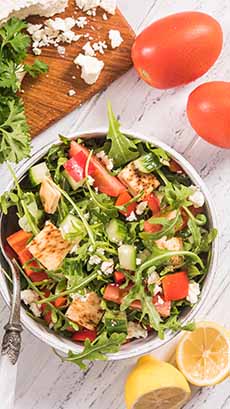
[1] A delicious fusion fattoush salad from McCormick, with some added feta cheese borrowed from the Greek Salad, and baby arugula from Italian cuisine. Here’s the recipe from McCormick (photo © McCormick).
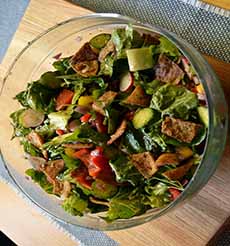
[2] Crisp pita croutons are tossed into the fattoush salad; they’re not just a garnish for the top. They’re so crunchy that they don’t soften in the dressing (photo © Cyrus Roepers | Wikipedia | CC-BY-SA 3.0).
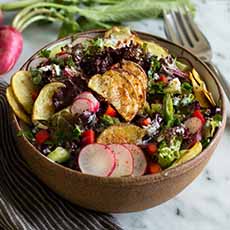
[3] An updated fattoush concept, with potato croutons replacing pita, and a buttermilk drizzle (photo © Idaho Potato).
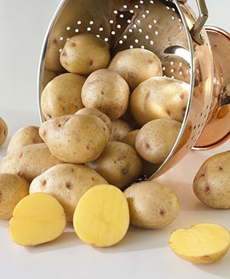
[4] Yukon Gold Idaho® potatoes. Here’s more about them (photo © Idaho Potato).

[5] Fresh mint, torn or snipped into small pieces, adds something special to this salad (photo © Good Eggs).
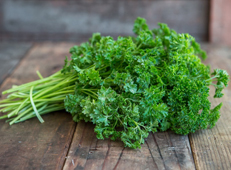
[6] Snipped parsley perks up any salad. You can use the curly or flat leaf variety (photo © Good Eggs).
|
